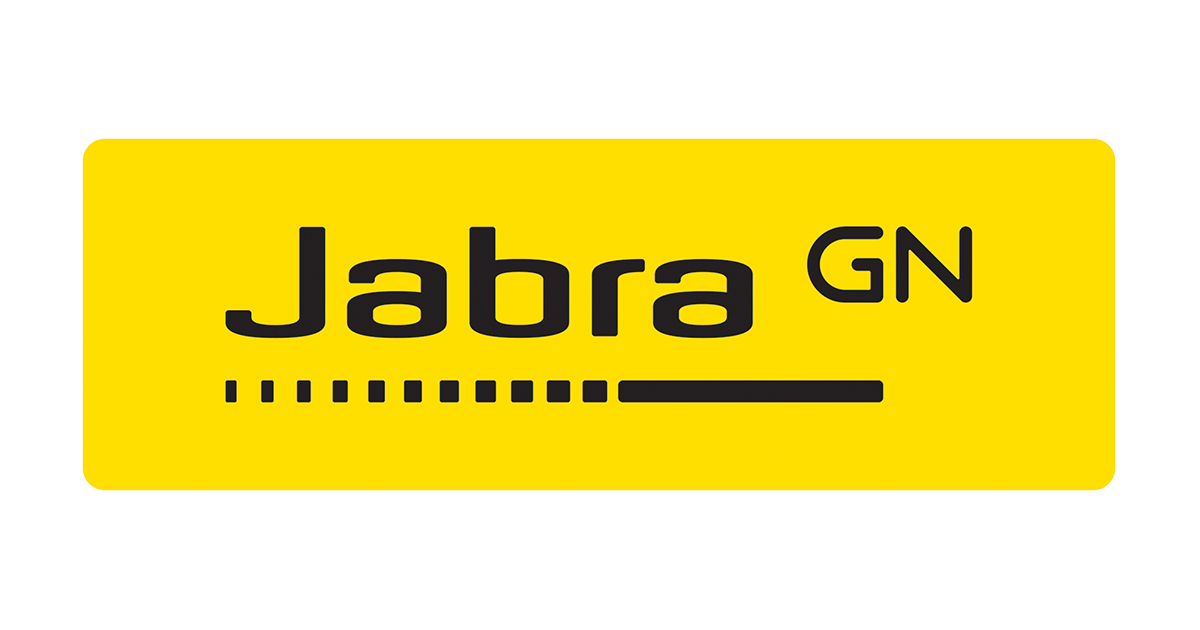If you’re one of the 28.8 million U.S. adults who could benefit from a hearing aid, you might wonder, “Are hearing aid subscriptions worth it?” The good news is that we’ve thoroughly researched the topic and have gathered everything you need to know, both good and bad, about hearing aid subscriptions.
What is a Hearing Aid Subscription?
A hearing aid subscription is a program that offers an alternative to purchasing a hearing aid outright. Rather than pay the high upfront cost of a hearing aid, a monthly fee covers the device(s) and additional services such as support, maintenance, and replacements. In some cases, the subscription is an add-on after purchasing hearing aids, providing loss and damage protection, supplies, and maintenance services.
During your subscription, the hearing aid company leases the devices to you. While you don’t own them, it does allow you to fully enjoy the benefits of having hearing aids in place without the high upfront costs. Furthermore, depending on your plan, you may receive complimentary software updates, battery changes, free accessories, and upgrades to a newer model periodically.
We’d be remiss if we failed to mention that hearing aid subscriptions are uncommon. With many top hearing aid providers offering financing options and follow-up care and support, hearing aids have become much more accessible, even for those on a fixed income. Our Eargo review highlights a provider, which manufactures hearing aids with some of the most advanced technology available and offers a payment plan for as low as $73 per month. Your purchase also includes a 1-year warranty with unlimited repairs and lifetime support from over 40 hearing care professionals. The Eargo hearing aids are a much better deal than what you’ll get with a more expensive subscription plan. Lexie and Elehear are also excellent options.
Related Article: Budgeting for Seniors – Tips and Tricks
What Types of Hearing Aids Can I Get With a Subscription
Hearing aid subscriptions provide OTC hearing aids (those you can purchase without a prescription) in various styles. Whether you prefer RIC (receiver-in-canal), BTE (behind-the-ear), or CIC (completely-in-canal), you’ll find an available subscription plan.
What are Disposable Hearing Aids?
If the cost of traditional hearing aids is giving you sticker shock, you might consider disposable hearing aids. These devices are designed to be worn for a specific period and require regular replacement. Phonak Lyric, for example, provides a CIC (completely-in-canal) device designed to remain inside the ear for months at a time. This type of hearing aid is water resistant and provides excellent sound quality. When its power begins to diminish, the subscription plan provides a new pair.
While the idea of never changing a hearing aid battery, recharging the devices, or worrying about removing and placing them in the ear may sound fantastic, there is a major drawback. The subscription cost for these disposable devices runs between $250 and $500 monthly, a steep jump from the $73/monthly financing with the rechargeable Eargo hearing aids.
Pros and Cons of Disposable Hearing Aid Subscriptions
Pros
- Convenient monthly payments
- Support services covered
- Complimentary updates
- Loss and damage protection
Cons
- Minimal availability
- Long-term commitments
- Limited device availability
- Shorter trial periods
Details
When you purchase a hearing aid subscription, you’ll pay a set monthly fee for your hearing aids. Unlike traditional financing, where you pay a set amount until you’ve paid off your devices, you’ll rent the devices and continue to pay for the length of your commitment. Commitment times vary from 1-3 years, and if you choose to end your subscription early, you’ll likely incur an early cancellation penalty. However, most offer a short trial period of 30-60 days, during which you can cancel without a penalty.
The cost of your monthly subscription will cover your hearing devices as well as some additional benefits. In most cases, this includes loss and damage protection, which will cover repairs or replacement costs in the event of an accident. Most support will be provided over the phone or online. However, disposable devices from Lyric hearing aids will require that you see a hearing professional in person when requesting device changes or maintenance.
In addition to support, your hearing aid subscription will provide free updates to its devices. This includes software updates that keep the device running at its best.
One of the biggest drawbacks to a hearing aid subscription is limited availability. Most top hearing aids can be purchased through financing plans that make them affordable. Therefore, many manufacturers have moved to a standard sales model that provides support and warranty coverage for hearing aids purchased outright. Others offer affordable hearing aids as low as $59 that you can replace periodically for less than the cost of a subscription plan.
How Much Does a Hearing Aid Subscription Cost?
The cost of a hearing aid subscription plan varies, but it can range anywhere from about $25/month to $500/month. This partly depends on how much your chosen type of hearing aids cost. Lower-cost subscriptions often require you to purchase your hearing aids outright, with the monthly fee covering the cost of maintenance and support. In addition to the monthly payment, you may need to pay a setup fee and cover costs associated with receiving a hearing test through your doctor. Furthermore, because most subscriptions require a commitment on your part, you’ll likely be charged a fee if you choose to cancel before the end of your contract. This could leave you paying monthly for upwards of 3 years, even if you decide to go another way.
How Do I Pay for a Hearing Aid Subscription?
Hearing aid subscriptions are billed monthly and require regular payment on the same schedule. We could not locate any hearing aid subscriptions that allowed yearly payments or the option to pay for the entire commitment upfront.
Are Hearing Aid Subscriptions Worth It?
Initial research into hearing aid subscriptions seemed promising. The idea of receiving complimentary updates, maintenance, support, repairs, and replacements, all for a low monthly fee, was exciting. However, further research reveals why these programs are so uncommon.
Many of the devices available through hearing aid subscriptions can be purchased traditionally and, therefore, owned without any contractual commitment. Furthermore, most of the best hearing aid companies offer financing that makes even the most superior devices available for less than $100 monthly. Conversely, a standard hearing aid, such as a receiver-in-canal device from Audicus, requires an upfront fee of $249 and a monthly payment of $119. While you will receive a new pair of hearing aids every 18 months, they’ll likely be similar in quality, and you’ll never own the devices.
Another feature of the hearing aid subscription that stands out is the loss protection. Hearing aids are easily lost, and replacements can be extremely expensive. Knowing you’re covered in the event of a loss is wonderful! However, keep in mind that there is often a fee associated with utilizing the loss protection that may exceed the monthly cost of the subscription. Furthermore, companies such as Eargo offer loss protection on their traditionally purchased hearing aids, though it’s limited to one replacement and also requires that you pay a replacement fee.
Disposable Hearing Aid Alternatives
Disposable hearing aids are a viable option for anyone who feels comfortable wearing hearing aids for an extended period of time and wants the freedom to change them only a few times a year. However, other invisible hearing aids, such as the Eargo 7, offer advanced technology that fits discreetly within the ear canal but can be removed and recharged each night. The benefit of using a rechargeable device, as opposed to a disposable hearing aid, is that you can purchase a high-quality device that will last years rather than a device that must be disposed of and replaced every few months. Furthermore, owning a rechargeable hearing aid requires fewer visits to the audiologist and no subscription costs.
You can also consider checking out Lexie Hearing Aids and Elehear Hearing Aids as primary options to a subscription plan.




